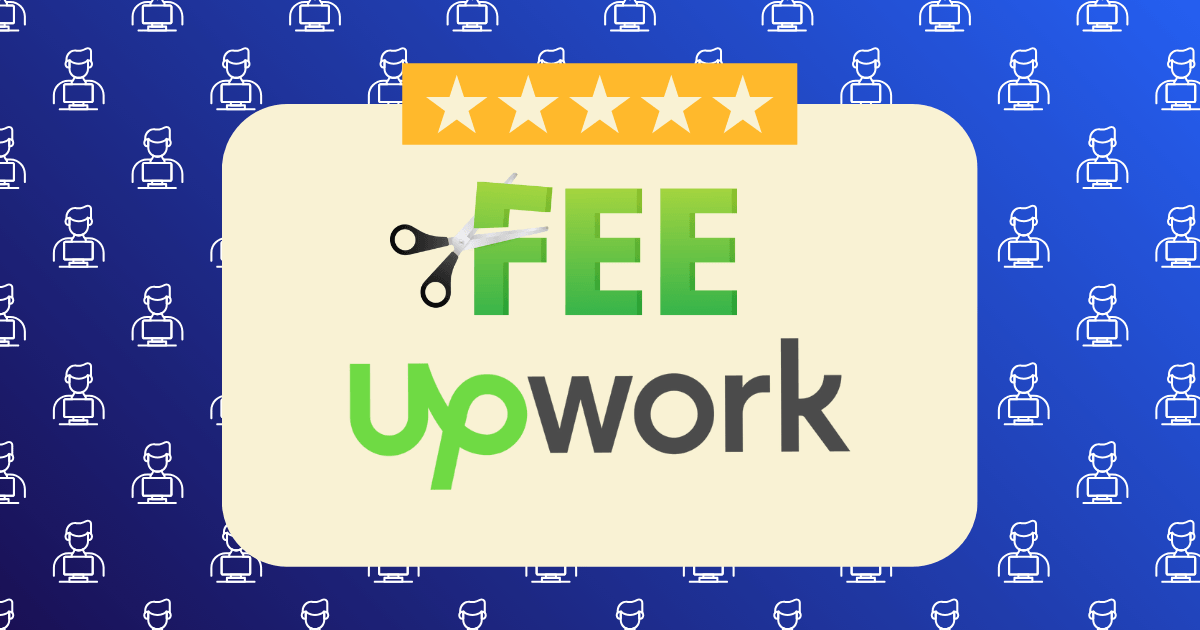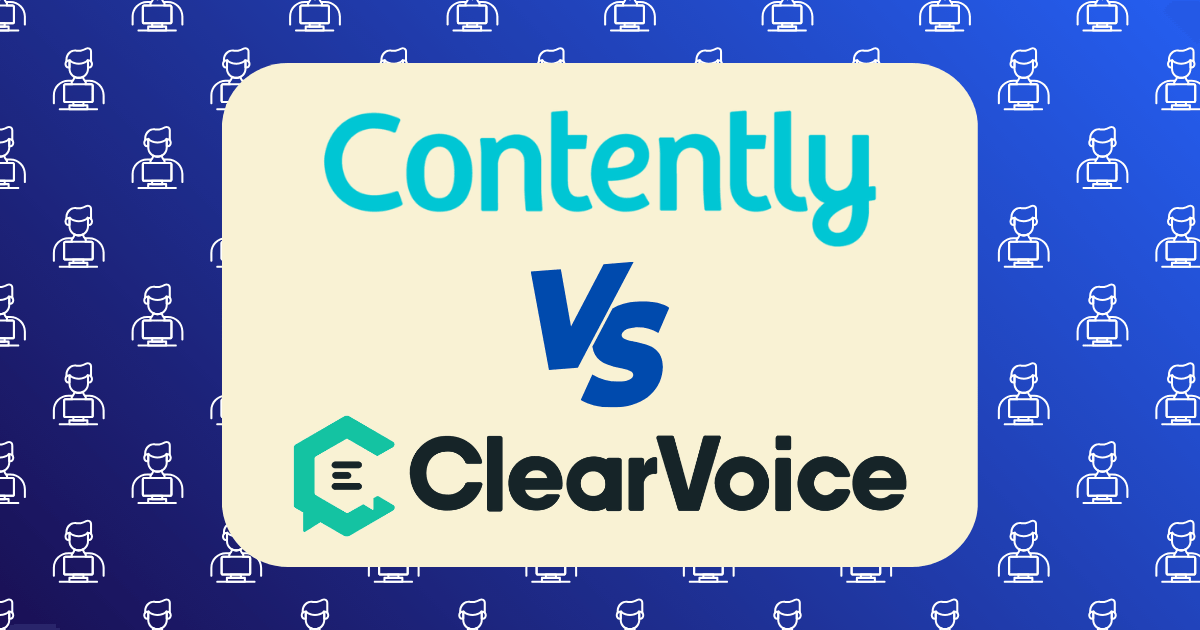From Side Hustle to Full-Time: My 90-Day Plan to Replace My 9-5 Income with Freelancing

Three months ago, I was sitting in my cubicle, watching the clock tick toward 5 PM while simultaneously responding to client messages on my phone. My side hustle was growing, but my day job was consuming 40+ hours of my prime productive time each week. Something had to change.
Today, I’m writing this from my home office, having successfully replaced my corporate income with freelancing. The transition wasn’t accidental—it was the result of a deliberate 90-day plan that leveraged psychological principles, strategic positioning, and disciplined execution.
If you’re currently juggling a promising side hustle with a 9-5 job, this roadmap might be your blueprint to freedom. According to recent data, 36% of U.S. adults are engaged in side hustles, but only a fraction successfully make the leap to full-time self-employment. Here’s how I joined that minority.
The Psychology of a Successful Transition
Before diving into tactics, we need to address the psychological foundation. The leap from employee to entrepreneur requires more than just technical skills—it demands a fundamental shift in mindset.
Identity Reconstruction
Research in occupational psychology shows that our professional identity becomes deeply intertwined with our self-concept. When transitioning careers, we must consciously reconstruct our identity from “employee who freelances” to “business owner who serves clients.”
This isn’t merely semantic—it affects how you price your services, communicate with clients, and manage your time. I began this process by writing a detailed description of my professional identity as a freelancer and reading it daily, a practice supported by self-affirmation theory in cognitive psychology.
Risk Tolerance Calibration
The fear of income instability keeps many talented freelancers tethered to jobs they’ve outgrown. Rather than attempting to eliminate this fear (which is natural and sometimes useful), I worked on calibrating my risk tolerance through:
- Creating a detailed “worst-case scenario” financial plan
- Building a three-month emergency fund specifically for the transition
- Identifying specific triggers that would signal a need to course-correct
This approach is grounded in exposure therapy principles—by confronting and planning for financial uncertainty, you reduce its psychological power over your decision-making.
Phase 1: Days 1-30 — Foundation Building
The first month of my transition plan focused on creating a solid foundation while still employed full-time.
Week 1: Strategic Client Assessment
I began by categorizing my existing clients into three tiers:
- High-Value Anchors: Clients with consistent work who paid well and were enjoyable to work with
- Growth Potential: Clients who offered modest work now but showed signs of increasing needs
- Transitional: Clients who provided income but didn’t align with my long-term vision
This assessment revealed that 70% of my freelance income came from just four clients, while the remaining 30% was scattered across seven smaller clients. This insight shaped my growth strategy.
Week 2: Service Refinement and Positioning
Many freelancers fail because they position themselves as generalists in oversaturated markets. To avoid this trap, I:
- Identified three specific services where I consistently delivered exceptional results
- Researched market rates for specialists in these areas
- Revised my service offerings to emphasize specialized expertise rather than general availability
This refinement allowed me to increase my rates by 40% for new clients while providing a clearer value proposition. As Fiverr’s research indicates, specialists like computer consultants command median rates of $45.35/hour compared to generalists.
Weeks 3-4: Systems Development
The final two weeks of Phase 1 focused on creating systems that would allow me to scale efficiently:
- Client Onboarding: I developed a streamlined process including welcome packets, questionnaires, and clear expectations documentation
- Project Management: I implemented a modified version of the Getting Things Done methodology using Notion
- Financial Tracking: I set up proper bookkeeping systems and profit-first accounts to ensure financial clarity
These systems reduced my administrative time by approximately 5 hours per week—time I could redirect toward client acquisition.
Phase 2: Days 31-60 — Strategic Expansion
With my foundation in place, the second month focused on strategic growth while managing the transition from employee to freelancer.
Week 5: Anchor Client Deepening
I scheduled strategy calls with my four “anchor” clients, focusing on:
- Understanding their upcoming projects and needs
- Proposing expanded services based on their business goals
- Negotiating retainer agreements where appropriate
This approach secured two 6-month retainer agreements that guaranteed 50% of my target income, creating a safety net for my transition.
Week 6: Strategic Networking
Rather than random networking, I identified three specific categories of connections to develop:
- Complementary Service Providers: Professionals who served my ideal clients but didn’t compete directly
- Industry Insiders: People with visibility into project opportunities in my target market
- Former Colleagues: Individuals who understood my capabilities and could vouch for my work
I reached out to five people in each category with specific, value-focused messages. Within two weeks, these connections generated three qualified leads, two of which converted to clients.
Weeks 7-8: Capacity Planning and Boundary Setting
As my client roster grew, I needed to ensure I could deliver excellence while maintaining work-life boundaries. I:
- Tracked my time meticulously to identify efficiency opportunities
- Established clear communication hours and response time expectations
- Created templates for common deliverables to reduce production time
These measures increased my effective hourly rate by 35% without raising prices, simply by improving operational efficiency.
Phase 3: Days 61-90 — The Transition
The final month focused on making the actual leap from employment to full-time freelancing.
Week 9: Financial Stress Testing
Before giving notice, I conducted a thorough financial analysis:
- Calculated my minimum monthly income requirement, including taxes and benefits
- Verified that secured work covered at least 75% of this amount
- Identified specific actions to take if income dipped below my threshold
This analysis confirmed I had sufficient financial stability to make the transition responsibly.
Week 10: The Exit Strategy
I gave my employer three weeks’ notice, longer than required, to:
- Maintain a positive relationship for potential future referrals
- Ensure a smooth transition of my responsibilities
- Demonstrate professionalism that would reflect well on my freelance reputation
During this period, I also finalized my freelance business infrastructure, including:
- Updating my website and portfolio
- Finalizing my service agreements and contracts
- Setting up proper business banking and accounting systems
Weeks 11-12: Launch and Scaling
The final two weeks focused on officially launching my full-time freelance business:
- Announcing my availability to my network with a clear description of ideal projects
- Implementing a consistent outreach system (10 personalized connections daily)
- Establishing a content creation schedule to build authority in my niche
By the end of the 90 days, I had:
- Replaced 110% of my former salary
- Established a client roster with 70% recurring revenue
- Created a pipeline of potential projects worth twice my monthly income goal
- Reduced my working hours by 15% compared to my combined job/side hustle schedule
Key Metrics and Milestones
Throughout the 90-day transition, I tracked several key metrics to ensure I was on track:
Financial Metrics
- Monthly Recurring Revenue (MRR): Increased from $1,800 to $5,400
- Average Project Value: Increased from $750 to $2,200
- Effective Hourly Rate: Increased from $45 to $95
Business Development Metrics
- Proposal Conversion Rate: Improved from 30% to 65%
- Referral Rate: 40% of new business came from referrals by day 90
- Lead Response Time: Reduced from 24 hours to under 3 hours
Operational Metrics
- Client Satisfaction Score: Maintained at 9.2/10 throughout the transition
- Project Completion Time: Reduced by 20% through improved systems
- Administrative Time: Reduced from 10 hours/week to 4 hours/week
Psychological Strategies That Made the Difference
Looking back, several psychological principles were crucial to my successful transition:
Implementation Intentions
Rather than vague goals (“I want to freelance full-time”), I created specific if-then plans: “If I secure $X in monthly recurring revenue, then I will give notice at my job.” This approach, supported by research from psychologist Peter Gollwitzer, increased my follow-through by creating clear decision triggers.
Precommitment
I created accountability by sharing my transition timeline with three trusted advisors and scheduling regular check-ins. This precommitment strategy leveraged the consistency principle—once I declared my intentions publicly, I was more likely to follow through.
Progress Tracking
I maintained a visual dashboard of my key metrics, updated weekly. This provided concrete evidence of progress, activating the endowed progress effect—as we see ourselves moving toward a goal, our motivation to complete it increases.
Common Pitfalls to Avoid
My transition wasn’t without challenges. Here are three common pitfalls I navigated:
The Scarcity Trap
When first transitioning, it’s tempting to accept any work offered. This scarcity mindset leads to underpricing and client misalignment. Instead, I qualified prospects against clear criteria before investing time in proposals.
The Overwork Cycle
Without office hours, many new freelancers work constantly, leading to burnout. I established firm boundaries from day one, including no-work weekends and defined “office hours” for client communication.
The Isolation Spiral
The shift from office camaraderie to independent work can be jarring. I proactively joined two professional communities and scheduled regular collaboration sessions with other freelancers to maintain social connection.
Is a 90-Day Transition Right for You?
While this timeline worked for me, your situation may differ. Consider these factors when planning your transition:
- Financial Runway: Do you have savings to weather income fluctuations?
- Existing Client Base: Are you starting from zero or already generating side income?
- Market Demand: Is there strong demand for your specialized skills?
- Personal Circumstances: Do you have support systems and low fixed expenses?
For some, a 6-month or even 12-month transition might be more appropriate. The timeline matters less than having a structured plan with clear milestones.
Next Steps: Your Transition Plan
If you’re considering making the leap from side hustle to full-time freelancing, here’s how to begin:
- Conduct a thorough skills inventory and identify your most marketable specialized services
- Analyze your existing client base for expansion opportunities
- Calculate your minimum viable income including taxes, benefits, and business expenses
- Create your 30/60/90 day plan with specific milestones and metrics
- Develop your psychological support system to maintain motivation during the transition
The path from side hustle to sustainable business isn’t always linear, but with strategic planning and psychological preparation, you can create a freelance career that surpasses your 9-5 income while giving you the freedom to work on your own terms.
Have you made the transition from side hustle to full-time freelancing? Share your experience in the comments below.







